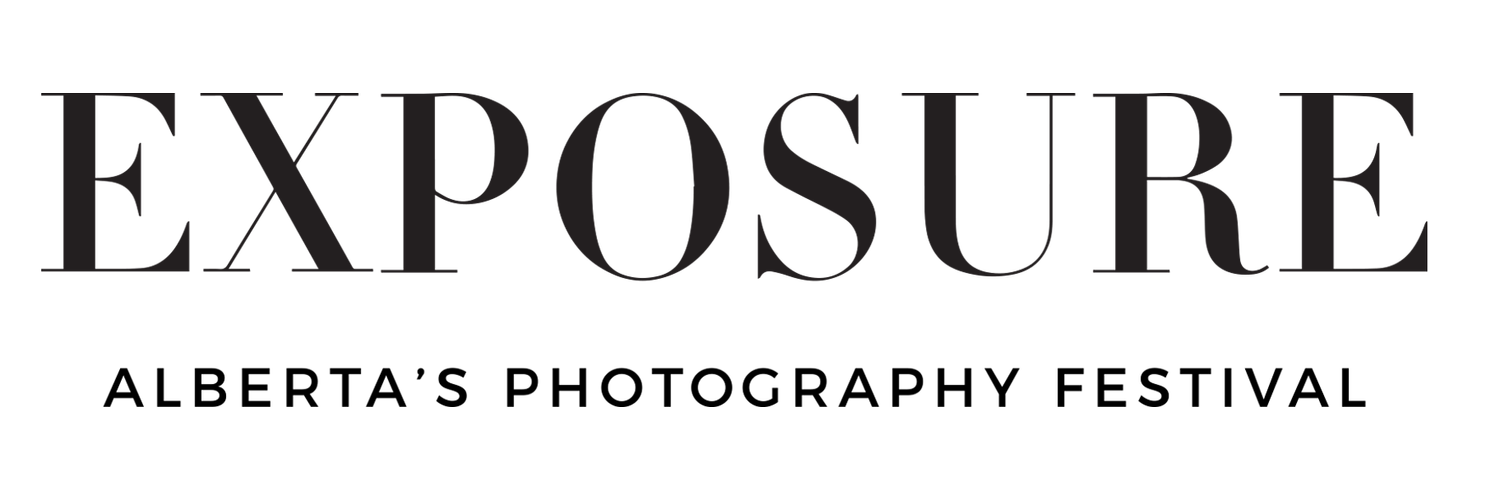Los Angeles, USA
Kaya & Blank
ARTIST BIO
Kaya & Blank are lens-based media artists whose work explores the ways in which humans shape and inhabit the world. The influence of neoliberal politics on the way we live is an important part of their practice. Their projects often focus on traces of economic infrastructures to examine politics in built environments and how humanity’s dominance over nature finds its manifestation in everyday architecture. In their work, they erase the physical distance in between existing structures and create dense compilations of industrial fragments to construct new landscapes that look both alien and familiar at the same time.
Since its formation in 2019, the duo has participated in institutional exhibitions and international festivals such as Hartware Medienkunst Verein Dortmund (DE), Athens Photo Festival (GR), Sharjah Art Foundation (UAE), San Diego Art Institute (ICA San Diego), CEAAC Strasbourg (FR), Lishui Art Museum (CN), Contemporary at Blue Star (USA), PHOTO 2024 in Melbourne (AUS), Fondazione MAST Bologna (IT), and Kunsthalle Basel (CH) among others. As artists in residence at The Internet Archive, they created a poetic glimpse into the empty headquarters of the institution in San Francisco during the fall of 2020. In 2022 the duo developed a method to grow photographs from living algae during a residency at the Visual Studies Workshop in Rochester. Their photographic series “Second Nature” about cell towers disguised as trees and palms in Southern California has won numerous awards and gained international recognition after having been published as a monograph by Kehrer Verlag Heidelberg in 2022.
PROJECT STATEMENT
No other nation consumes as much oil as the United States, which accounts for more than 20% of global consumption annually. The hunger for this resource has defined the nation’s politics for decades and the efforts to secure its flow are inscribed in the landscape. In Los Angeles and its vicinity, home to the country’s largest urban oil field and refineries, America is being transformed into a bizarre engine, the pacemaker of the passing age of petroleum.
Although oil plays a massive role in the creation of every product we as humans are surrounded by today, fuels our entire contemporary culture, and shapes global politics, we never come into direct contact with the raw material itself. It is always already utilized, mediatized, transformed, or deliberately concealed.
Crude is an installation that addresses the direct connections between visibility, photography, and petroleum. What is known to be the first photograph in history, Joseph Nicéphore Niépce’s View from the Window at Le Gras, was created using bitumen, a naturally occurring petroleum tar which sufficiently hardened in proportion to its exposure to light. To recreate this historic photographic process, we used tar collected from La Brea Tar Pits in Los Angeles to print photographs of the USA’s cultural elements that are deeply embedded in excess oil consumption, such as suburbs, drive-throughs, interstate systems, overcrowded parking lots of shopping malls, and Carvana “vehicle vending machines”. Fixing these images with petroleum on a polished, mirror-like aluminum surface allow the viewers to see their own reflection on this raw material and the images of a culture shaped by it.



